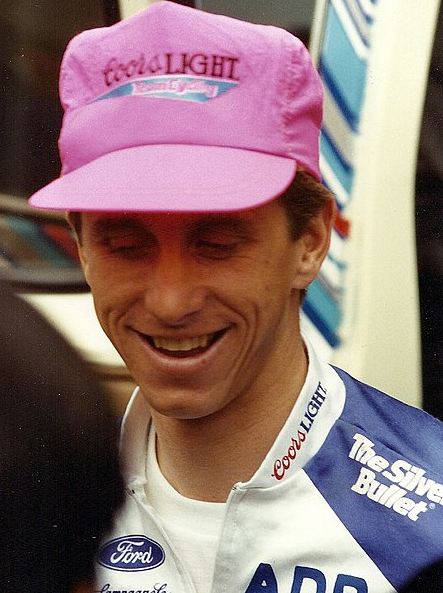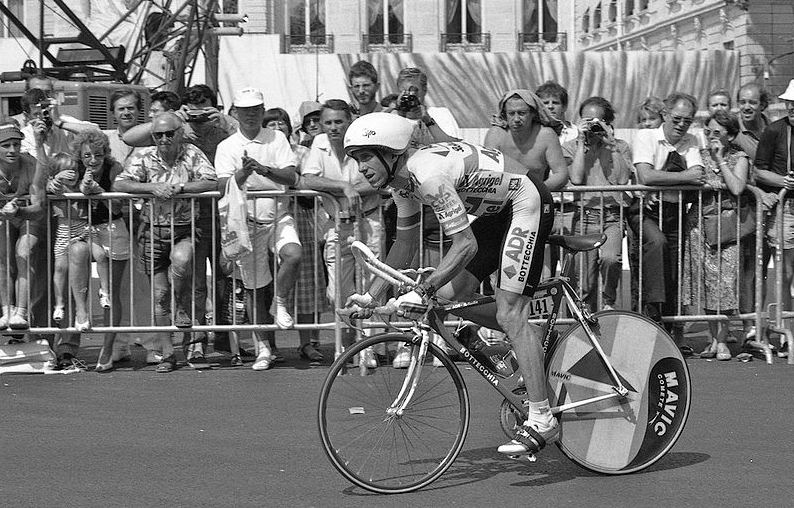There has been a lot of sporting events that happened in the past, but one of the most iconic in the 1980s was Greg LeMond’s comeback to win the 1989 Tour de France. Back in that time, LeMond came back from nearly dying after a hunting accident. The doubled-down to rally from a 50-second deficit to French great Laurent Fignon on the last day’s fairly shot individual time trial, to barely make ends meet to win one of the world’s most challenging and grueling sporting events.
If you are interested to learn more about this iconic sporting event, read on as we’re giving you more information about how Greg LeMond achieved his victory.
Years Before His Victory
In 1983, LeMond was only 22 years old, but he captured the World Championship of road cycling, which was the biggest one-day event in the sport. Due to LeMond’s age and the fact that he was American that he was instantly shoved onto the world stage. It was a pivotal moment for American cycling.
The following year, LeMond was fighting the best of the sport in the world’s biggest event, which is the Tour de France. He rode in support of winner Fignon in 1984. After that, he changed teams in 1985, which was the famed La Vie Claire squad. It was where he waged an unusual battle with teammate and Frenchman Bernard Hinault. This was a well-documented part of his career and was recorded by the 30 for 30 documentaries by ESPN called “Slaying the Badger.”
LeMond was often disadvantaged to help Hinault during the 1985 Tour de France. This was in order for the Frenchman to win his record-tying fifth Tour de France. However, by 1986, LeMond was too strong, and Hinault had to surrender to the rising star rather than try to win a historic sixth Tour de France. This was the beginning of Greg LeMond’s reign.
The Accident
In 1987, an early-season crash in Europe hit LeMond out of racing for a few months. He went back to the United States to heal and recover. After his recuperation period, he went on a hunting trip along with some of his relatives. Unfortunately, his brother-in-law mistakenly fired at him in the bush, hitting him and leaving 60 pellets lodged in his body, which includes one in the lining of his heart. A flight-for-life helicopter brought him to a trauma center in Sacramento after coming close to bleeding to death.
LeMond’s Comeback
On February 12, 1989, he sat in a Chinese restaurant in California after completing a 110-mile ride over hills. According to him, that time, it will take him around three years before he can come back to the level 1 that he was at when he won the Tour de France in 1986.
In May of the same year, LeMond trudged through the biggest race in America, which was the 10-day Tour de Trump. It was a 927-mile race up and down the East Coast. In that race, he finished way down in the overall standings and more than a half-hour behind the winner, Norwegian Dag Otto Lauritzen. That race also included a lot of the top riders that would race in the Tour de France later that summer, such as Points jersey winner Sean Kelly from Ireland, Combination Classification jersey winner Steven Rooks, and King of the Mountain jersey winner Gert-Jan Theunisse, which were both from the Netherlands.
If that premier bike race was an indicator, then LeMond was nowhere near the form required to surmount the 21-day Tour de France six weeks later. But he was a physical freak, and he can get back into top form relatively quick. This meant that his freakish physiology could help him ride longer at the limit compared to other cyclists while creating a lot of power.
When July came, LeMond entered the Tour de France with many unanswered questions. He built into the 1989 race without any idea how his form would peak over three weeks. But he knew that the final week of the race featured his favorite climbs in the Alps and an individual time trial, which is his specialty.
LeMond’s Victory
In the first two weeks of the race, LeMond rode well without any mistake. Near the end of the three-week race, he found himself within striking distance of Fignon and Pedro Delgado from Spain, which was another pre-race favorite.
Going into the final week, an impressive battle arose. Fignon had revived a late-career push in an effort to win his third Tour de France. With this, the French crowd became torn between him and LeMond, as LeMond has been adopted as a French fan favorite due to his brave comeback, aggressive racing style, and as well as his willingness to speak the native tongue. LeMond was viewed as a major underdog in the race, and the media played it up with avidness.
The end of the 1989 race was different. Historically, the final day was reserved for a flat and predictable stage for sprinters, which lets the overall winner and the whole team enjoy the spoils after the challenging three weeks. However, the 1989 race was different as it involved a 24-kilometer or 15 miles individual time trial, which took place from Versailles to Paris.
Fignon’s 50-second lead was deemed safe because LeMond would need to make up more than two seconds per kilometer, which was near impossible. However, beginning second to last, one spot and two minutes in front of the very confident Fignon, LeMond shot off the start ramp like a spaceman. His yellow neon-colored helmet and skinsuit blazed through the French suburbs en route toward the Eiffel Tower. When the big screens at the finish line showed the image of LeMond rushing through the streets, the commentators and international journalists took note.
LeMond’s splits were fast as the time checked passed. As he approached Paris, his pace and speeds became faster. By the last 500 meters, he was storming down the Champs Elysees Boulevard toward the finish with diabolical vehemence. He finished and within 30 meters had stopped and turned around. The media, cameras, and eyes started to ricochet between the time clock on the finish banner and LeMond. Outside the finish banner, Fignon remained a speck against the Arc de Triomphe. It was a never-before-seen drama on the final day of the Tour de France.
There was a weird mix of whistles, boos, and cheers in the crowd, and it was difficult to determine whether the cheers were for LeMond or Fignon. But it was among the greatest moments in the history of the sport. LeMond’s 8-second win remains the shortest winning margin in Tour de France.
Conclusion
Greg LeMond has indeed made an iconic win, not just in the 1980s but in the whole history of Tour de France. He and Fignon also remained lifelong friends until Fignon died in 2010 after a long battle with cancer. LeMond was recognized as one of the best-ever cyclists in history. He was able to inspire many world-class American cyclists, including Julich.
We hope this helps you learn more about Greg LeMond’s iconic Tour de France victory. If you want more stories about sporting events in the 1980s, check out our list of the Top Iconic Sporting Events of the 80s.


